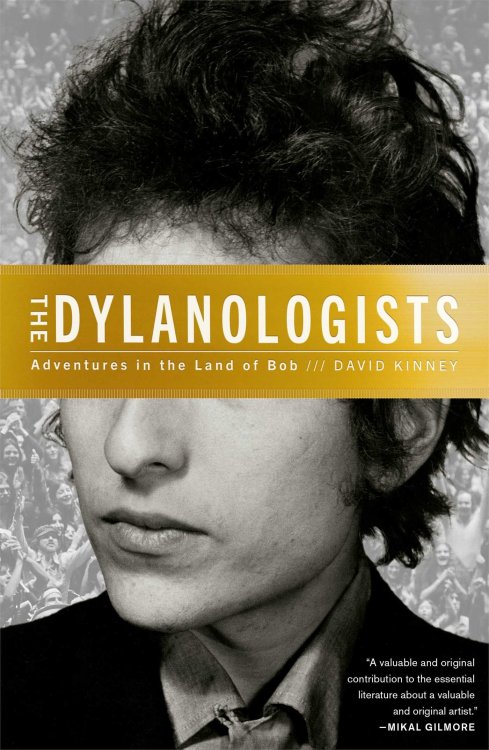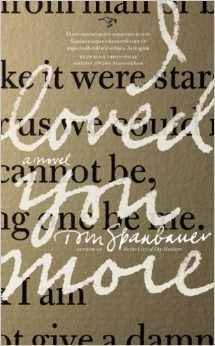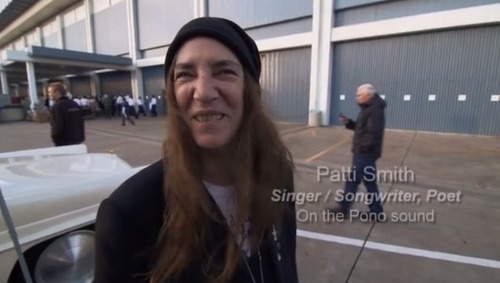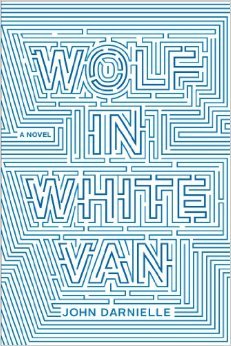
Author David Kinney puts it all in perspective.
By Michael Goldberg
I always wondered if I was a bit, well, over the top when it came to Bob Dylan. After all, I’ve been listening to his records since I was 13, and I’m still listening.
Yeah, a long fuckin’ time.
And just this past week I watched D.A. Pennebaker’s addendum to “Don’t Look Back,” a film called “1965 Revisited,” finished up Larry “Ratso” Sloman’s On the Road with Bob Dylan and the Rolling Thunder Review, watched a YouTube clip of Dylan and John Lennon having a very stoned conversation in the back of a cab for the benefit of a cameraman shooting the never released “Eat the Document,” and listened to outtakes from Blood on the Tracks, Highway 61 Revisited and Blonde On Blonde, recordings made when Dylan rehearsed with the Grateful Dead in 1986, mostly unreleased recordings of a 1963 Dylan appearance at Town Hall in New York and, and…
But I’m getting ahead of myself.
In my crowd in Marin County in the late ‘60s and early ‘70s, I was the one leading our explorations into the new frontiers of rock. I was the first to get into the Mothers of Invention’s Freak Out, and Captain Beefheart’s Safe As Milk. I got my folks to drive me into San Francisco to buy an import copy of Pink Floyd’s trippy The Piper at the Gates of Dawn at the long-gone Gramophone Records on Polk Street. This was when Pink Floyd didn’t have a U.S. record label; when Syd Barrett hadn’t yet blown his mind.
Regards Dylan, I was his #1 fan, at least that’s how I saw it.
Sure the others I hung with dug Dylan, but I was the only one who bought the Great White Wonder bootleg when it showed up in a record store bin, and soon enough I had quite a few Dylan bootlegs, mysterious collections of songs that weren’t on his official releases, each in a white sleeve, usually with the name of the album stamped on the cover with one of those rubber stamps you could get made at a stationary store, typically to stamp your address in the left hand corner of an envelope.
These days we know artists record songs that don’t end up on official releases, and in fact, officially releasing those recordings years after they were made has become business as usual. But in 1969, when Great White Wonder was first released, it was a total shock to discover all this music I’d never heard before by an artist I totally dug. It was as if the world I’d known just fell away and another world was revealed, one with a hell of a lot more Dylan music than I had previously known.
When I got my hands on the supposed ‘Albert Hall’ live set (actually recorded at the Manchester Free Trade Hall as we learned many years later), and played it for the first time, it was the most ecstatic listening experience of my admittedly short life.
So you can understand why I’ve always considered myself obsessive regards Bob Dylan, and worried that there was something, well, extreme, maybe even a bit mental, about my obsession. There was a time — now this is back when I was 15, 16, so please don’t hold it against me — when I wanted so bad to look like Dylan, which I didn’t. (I’ve applied some of my own real Dylan fixation to the fictional character Writerman in my first novel, “True Love Scars,” which I’m publishing in August of this year.)
So I owe David Kinney a big thank-you. His excellent book, “The Dylanologists,” put my concerns to rest. I mean compared to the Dylan freaks profiled in Kinney’s book, I’m an average run-of-the-mill Dylan fan. Yeah, to be a Dylanologist you have to be operating on a whole other level.
Take Bill Pagel, who actually moved to Dylan’s hometown of Hibbing, Minnesota. Pagel spent years trying to buy the Hibbing house Dylan grew up in, and he succeeded in buying the Duluth, Minnesota house where Dylan’s folks, the Zimmermans, lived when Bob was born. Pagel also bought Dylan’s highchair, for God sakes! And a ceramic candy bowl that at one time belonged to Dylan’s grandmother.
Me, I can’t compete with a Bill Pagel.
For the rest of this column, please head to Addicted To Noise.
– A Days of the Crazy-Wild blog post: sounds, visuals and/or news –-
Like this:
Like Loading...









